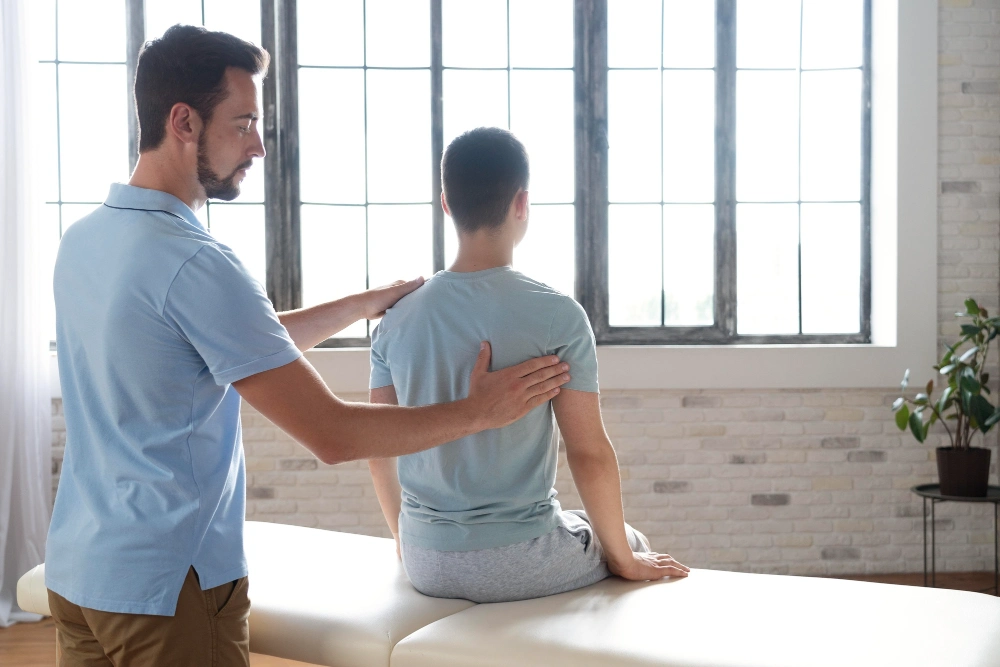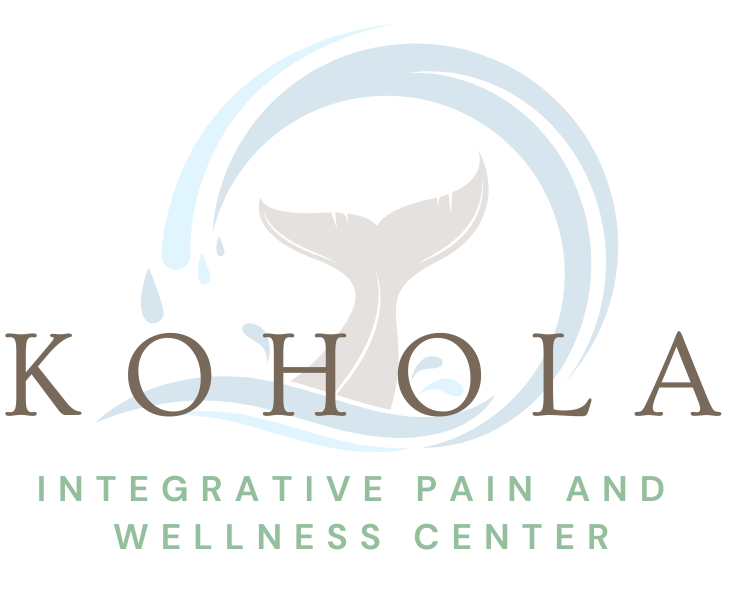- 123-123-123
- Your Email Here
There are three main types of fascia in the body:
1.Superficial fascia: Located just under the skin, this type helps in insulation and allows the skin to move over muscles.
2.Deep fascia: This type surrounds muscles, bones, and nerves, and helps compartmentalize muscles for efficient movement.
3.Visceral fascia: This type surrounds and supports internal organs, providing structure and allowing them to function properly.
Fascia, particularly deep fascia, plays a role in movement, flexibility, and overall body posture. It can become tight or restricted due to injury, overuse, or lack of movement, potentially causing pain and discomfort.



1. Pain with Movement or Pressure
• Location: Fascia-related pain is often localized in the muscles or joints and can be felt in a specific area of the body.
• Tenderness: The area may be tender to the touch, especially in spots where fascia is tight or restricted (often referred to as “trigger points”).
• Pain with Stretching: Fascia can tighten over time, leading to limited flexibility. Stretching or moving the affected area may cause discomfort or pain.
2. Stiffness or Reduced Range of Motion
• If you’re noticing that your muscles or joints feel stiff and you’re having trouble moving them freely, it could be due to tight fascia restricting movement.
• This stiffness may be more pronounced after periods of inactivity, like sitting or lying down for a while.
3. Chronic Pain or Discomfort
• Fascia-related pain is often chronic or long-lasting. If you’ve been experiencing ongoing muscle pain or discomfort that doesn’t go away with rest or typical pain relief treatments, fascia could be involved.
• This pain may not always have a clear cause (like an injury) and might feel like deep muscle soreness.
4. Pain Radiating to Other Areas
• Fascia is a continuous network, so pain or tightness in one area of the body can sometimes “spread” to other areas, even if they aren’t directly related. This is known as referred pain.
• For example, tight fascia in your lower back could lead to discomfort in your hips, legs, or even your shoulders.
5. Burning or Aching Sensations
• Fascia-related pain can feel like a dull ache or burning sensation, especially around areas where fascia is tight or has been overused.
6. Relief with Soft Tissue Work
• If you notice that manual therapies such as massage, foam rolling, or stretching provide relief, it might indicate that fascia is a contributing factor. These techniques help release tension in the fascia and improve blood flow to the muscles.

Where holistic therapies and advanced fascia-focused treatments come together to restore balance, alleviate pain, and promote overall wellness. Your journey to lasting relief starts here.
© 2025 All rights reserved | Designed with ❤ by Blue-IT Technologies